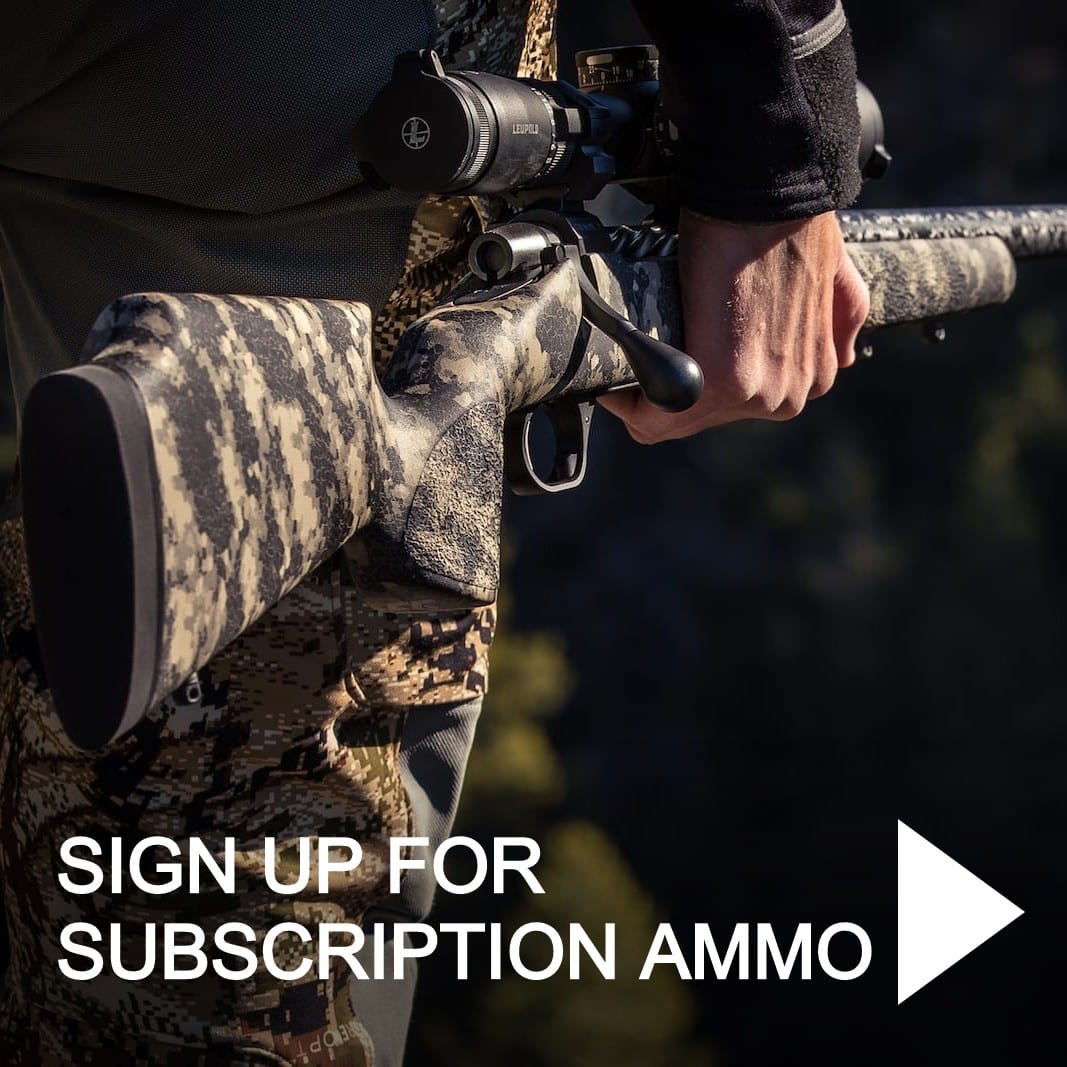Silencers, or suppressors if you prefer, are becoming more popular every day. The benefits to shooters and hunters are paramount. Whether it’s protecting your hearing, and the hearing of those around you, not having to wear ear protection while hunting, or just general noise pollution reduction. A silencer also reduces felt recoil by redirecting the gases released when a gun is fired.
One would think that such beneficial devices would be on every gun store shelf in the United States, as they are in parts of Europe. But thanks to reactionary and poorly conceived legislation, Americans have to jump through a series of bureaucratic hoops and pay a special tax to legally obtain a silencer. This article is not intended to describe all the minutiae of silencer purchasing and ownership. It will cover the basics so that prospective buyers know the history behind the National Firearms Act (NFA) regulations and how it impacts buyers today.
The National Firearms Act of 1934
The National Firearms Act of 1934 (NFA) is the federal law that regulates certain types of firearms and their possession by the public – including silencers. The NFA has had a significant impact on the silencer industry, and it is important to understand its history, purpose, and impact.
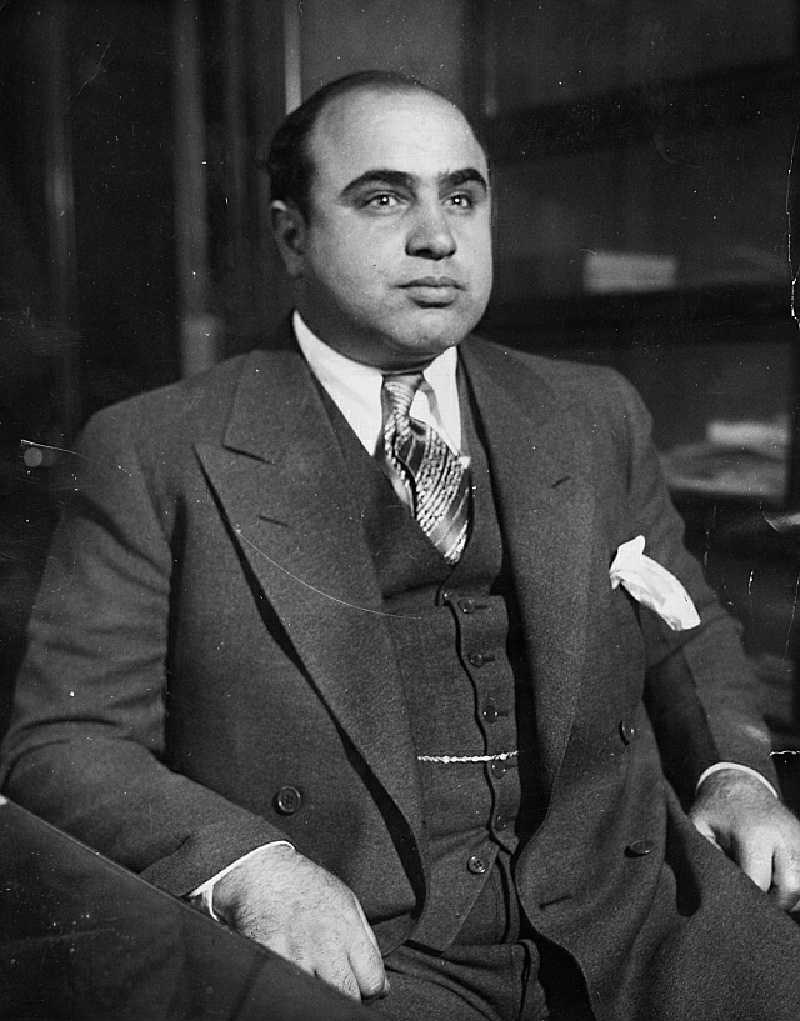
The Al Capone orchestrated St. Valentine’s Day Massacre was the direct inspiration for the National Firearms Act of 1934. (Wikipedia)
The NFA came about in response to seemingly out of control gang wars during the Prohibition Era. The infamous St. Valentine’s Day Massacre, in which Chicago mob boss Al Capone whacked several rivals, made national news in 1929. That incident prompted Congress and US Attorney General Homer S. Cummings, to “do something.”
The result was the NFA, a Constitutionally suspect law that Cummings took care to present as a tax bill, knowing that outright gun bans violated the Second Amendment. When asked how the proposed Act “escaped” the Second Amendment, Cummings replied:
“Oh, we do not attempt to escape it. We are dealing with another power, namely, the power of taxation, and of regulation under the interstate commerce clause. You see, if we made a statute absolutely forbidding any human being to have a machine gun, you might say there is some constitutional question involved. But, when you say, “We will tax the machine gun” and when you say that “the absence of a license showing payment of the tax has been made indicates that a crime has been perpetrated,” you are easily within the law.”
Capone was never busted for murder or racketeering. He went down for income tax evasion. With respect to guns, the government knew that criminals would never pay the tax on weapons they owned, so that was a bonus to framing the NFA as a tax, not a ban. The public could still own NFA controlled items. They just had to pay the
tax first.
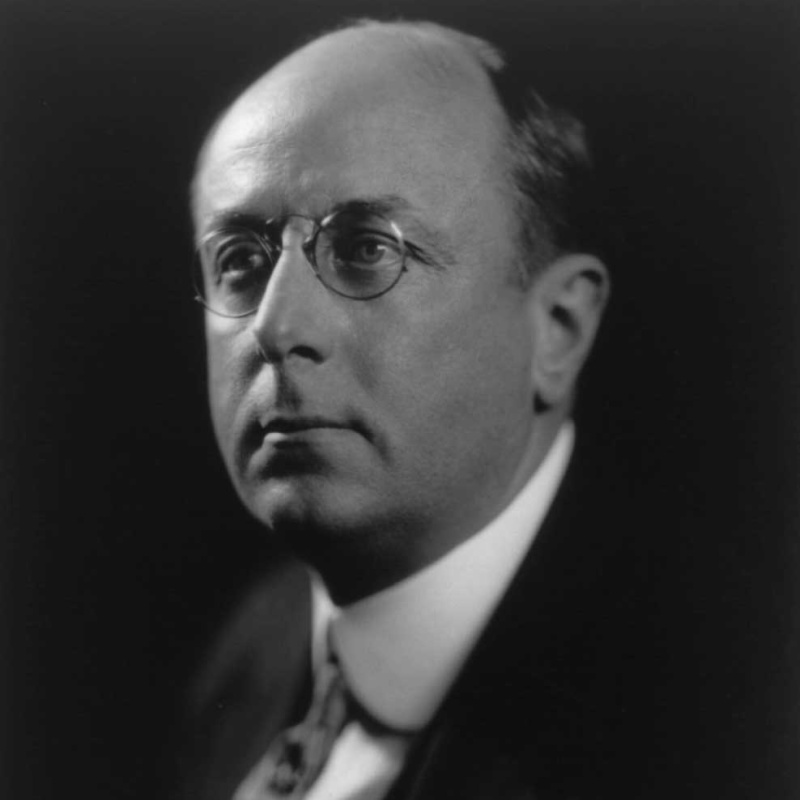
US Attorney General Homer S. Cummings knew that banning machine guns and other items was unconstitutional. (Homer Cummings, Harris & Ewing photo portrait, 1920)
That criminals like Capone, Clyde Barrow, and others used automatic weapons was well-known, so those firearms were the NFA’s primary target, along with short-barreled rifles and shotguns, which were viewed as being easily concealable by criminals. So why were silencers regulated in the NFA?
Officially, silencers were regulated because they were seen as a potential threat to public safety when used by criminals. However, contrary evidence suggests that during the Great Depression, the choice to include silencers may have been driven by the fear that they would be used for poaching. At the time, purchasing a silencer was cheaper than purchasing a hunting license, which may have been the reason the $200 tax stamp was mandated. While that may not seem like a lot today, that tax is the equivalence of $4,465 in 2023.
There are also some arguments that Hollywood was cause for lawmakers to assume that silencers were the tools of criminals and assassins, however it’s hard to find evidence of exactly when silencers first appeared in cinema. Whatever the real reason was for their inclusion, silencers are still regulated by the NFA today.
Since the NFA was passed in 1934 through to current day, anyone purchasing a silencer must file special paperwork with the Bureau of Alcohol, Tobacco, Firearms, and Explosives (ATF) known as an ATF Form4 or eForm 4, pay the $200 tax, and receive their tax stamp before taking possession of a silencer. You can take possession of your suppressor once you have the NFA Tax Stamp. (guns.com)
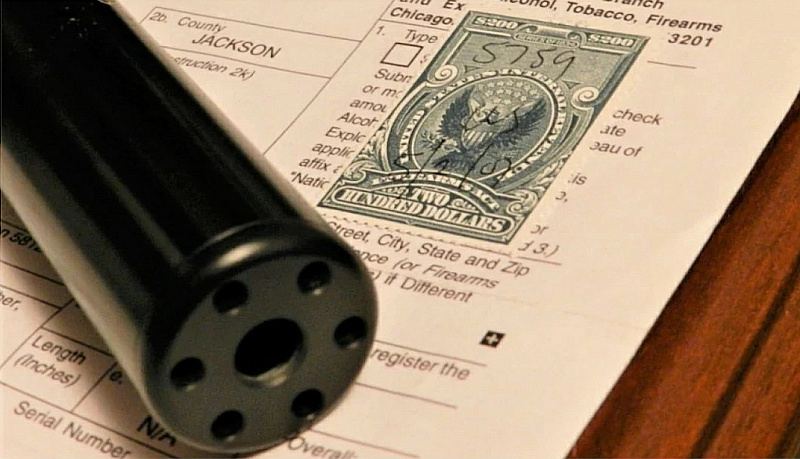
You can take possession of your suppressor once you have the NFA Tax Stamp. (guns.com)
Legal Requirements for Silencer Ownership
Federal requirements for silencer ownership are similar to the requirements for firearms ownership. Keep in mind that individual states may have additional requirements, while silencers are completely illegal in eight states and Washington DC.
- You must be at least 21 years old to purchase a silencer from a licensed dealer.
- You must be at least 18 years old to purchase a silencer from an individual.
- You must be at least 18 years old to possess a silencer as part of a trust or corporation.
- You must be a resident of the United States.
- You must be legally eligible to purchase a firearm.
- You must pass the federal background check.
- You must pay the $200 for your tax stamp, which proves you paid it. Each silencer or other NFA item must have its own tax stamp.
As noted, eight states and the District of Columbia currently prohibit civilian silencer ownership or possession. Those states are Hawaii, California, Illinois, New York, Massachusetts, Rhode Island, New Jersey, and Delaware. Of the states where silencers are legal, only Connecticut prohibits hunting with a silencer. Suppressors are legal in 42 states and may be used for hunting in 41. Since this map was published, Vermont has legalized hunting suppressed. (americansuppressorassociation.com)
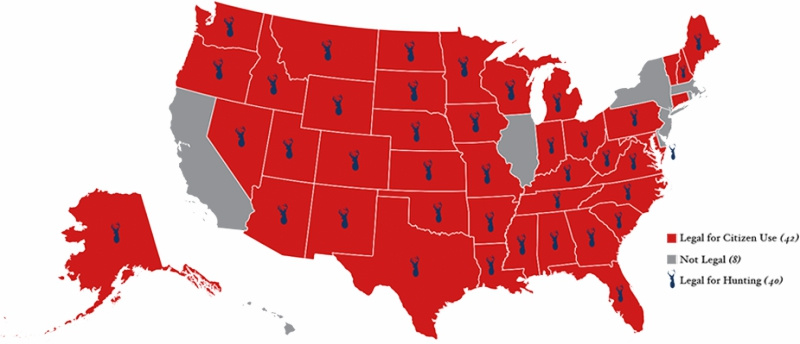
Suppressors are legal in 42 states and may be used for hunting in 41. Since this map was published, Vermont has legalized hunting suppressed. (americansuppressorassociation.com)
The ATF eForm & Form 4 Process
Suppressor companies and retailers do a good job of sharing information with potential customers. You will need to be fingerprinted as part of this process. You will submit the fingerprint cards with your ATF Form 4. Electronic fingerprint cards can be submitted with ATF eForm 4s.
- Carefully complete two copies of BATFE Form 4 (5320.4). Use blue or black ink. ATF also has eforms available.
- Obtain two passport photos and affix one photo to each Form 4. Do not staple them. The photos will be uploaded for eforms.
- Make one photocopy of your completed Form 4 with passport photo affixed. If using eforms, download a copy for your records.
- Use Divide Gun Company’s example to carefully complete two copies of FBI Form FD-258. Use blue or black ink.
- Identify your Chief Local Law Enforcement Officer (CLEO). You must submit your paperwork to this individual, declaring your intent to purchase a silencer. That person will also have the opportunity to present disqualifying material to the ATF.
- Write a check for $200 to the Bureau of Alcohol, Tobacco, Firearms, and Explosives. You may pay by cash, credit or debit card, or money order. Divide Gun Company recommends using a check because when it clears, you will know your forms are being reviewed; we also recommend writing your silencer’s serial number on the check’s memo line.
Keep in mind that you will not possess the silencer during this process. You will purchase it from the retailer or manufacturer, who will retain it until you receive your tax stamp. This process can take a few to many months. The ATF introduced eform 4s in 2022, but they have not been as fast as originally promised. They are working to improve the process, but there are no promises on when the promised 90 day approvals may take effect.
NFA Gun Trusts
NFA Trusts are legal arrangements by which family members or other designated “responsible persons” can use your silencer without you being present. A trust also allows you to transfer your silencer to one of those responsible persons without having to go through the entire transfer process again. Divide Gun Company and other companies provide example forms for your convenience. To create a trust, follow the steps below when going through the ATF Form 4 process:
- Carefully complete BATFE Form 5320.23 (trust application). Use blue or black ink for paper forms. Each designated responsible person must also sign.
- Obtain one passport photo for each responsible person and affix them to the form. Do not staple. Upload for eforms.
- Make a photocopy of the completed Form 5320.23, with photo, for each responsible person. Download for eforms.
- Carefully complete two FBI Form FD-258s for each responsible person. Use blue or black ink.
Note that each responsible person included in your trust will have to submit fingerprints. Also, if any of your responsible persons lives outside your jurisdiction, they must notify their Chief Law Enforcement Officer in addition to yours.
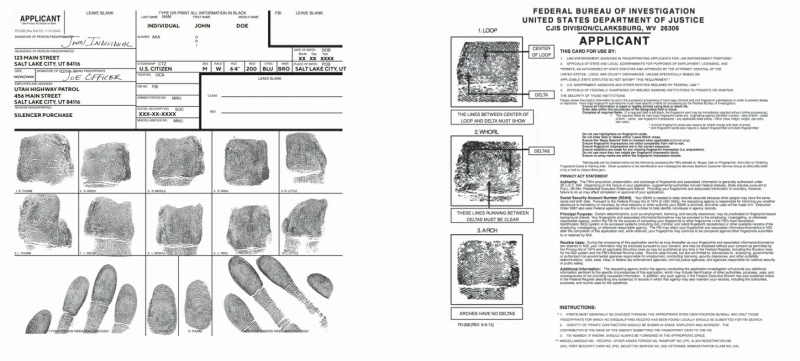
An example of FBI fingerprint cards.
Those are the Basics
We have laid out the basic requirements and processes for owning and purchasing a silencer. It’s important to study the examples we’ve linked above so that you know what’s happening. If even one little thing isn’t done correctly, you can be delayed for a long time. Ask us how we know.
It’s also important to know your state laws regarding silencers. Make sure you research your local and state laws before making a purchase.
The process can be very confusing at times. Fortunately, companies like Divide Gun Company have easy-to-understand resources to help. With a bit of guidance from your dealer and using our resources to know ahead of time what you need to bring in order to purchase a suppressor, you’ll soon have your tax stamp and your new silencer.
